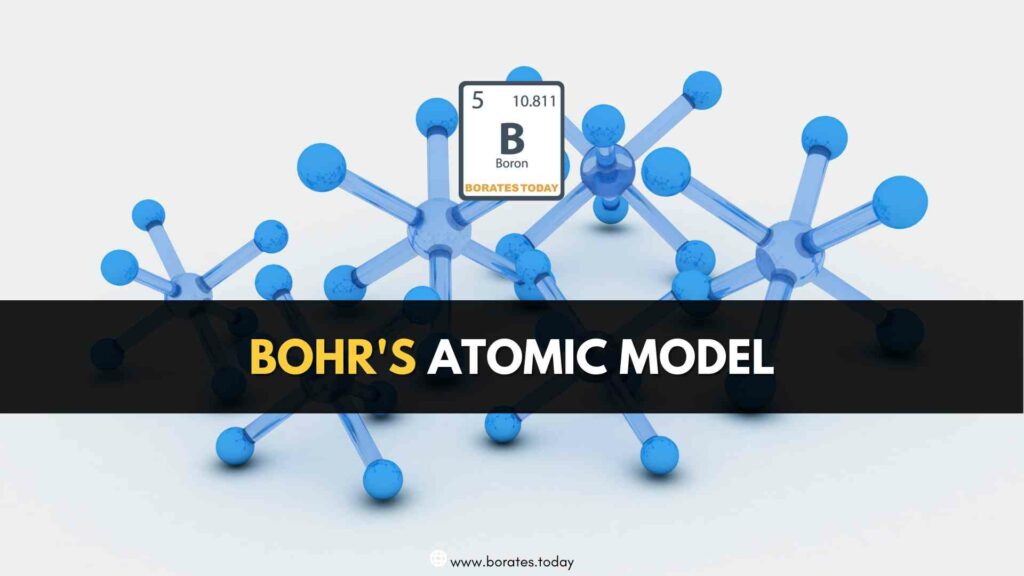Most people know calcium and boron are important for strong bones, but did you know that they are also essential for fruit production?
Let us understand through the example of the pomegranate fruit.
The Pomegranate fruit is an excellent source of vitamin C, vitamin K, antioxidants, and other minerals. It is known for its crunchy and juicy edible seeds, which make it a delicious and healthy treat.
However, the fruit may lose its quality due to fruit cracking, inadequate water management, or lacking essential micronutrients such as boron and calcium.
Published Studies on Boron and Calcium Foliar Application on Pomegranate Fruit Yield
A study was published in Turkey to see the boron effect on pomegranate fruit production. They took 45 pomegranate trees from an orchard in Turkey’s Ortaca region, where the soil was alkaline.
These trees were then put in a randomized order in split plots and labeled with plastic tags.
During treatments, boric acid and calcium nitrate were applied at different concentrations for one month following full bloom. It was done at noon time with a hand pressure sprayer with a 15L capacity.
To determine the outcome, leaf samples were collected from each tree to evaluate the nutrient concentration, and 9 fruits per replication were chosen to determine the mean fruit weight, length, and diameter.
Observations
- All treatments resulted in increased fruit weight and size. Additionally, boric acid enhanced the growth due to boron’s improved fruit set and retention.
- Boron and calcium application enhanced vitamin C concentration. Additionally, boric acid improved the pH, ascorbic acid, total soluble solids, and titrable acidity.
- All treatments significantly lowered fruit cracking to enhance fruit yield.
But what is fruit cracking?
Fruit cracking is a major physiological problem that is caused due to inadequate micronutrients and harms the production of high-quality fruits.
In addition, there are other reasons, like environmental Factors (including high humidity, excessive water availability, high temperatures, and low humidity in the summer.), Biotic Factors (including physiological disorders and abundant water supply.) and, Hormonal Factors.
Final Note
Pomegranate fruit cracking is a complicated problem with many possible causes. Recent advances in the research of fruit cracking’s physiology, causes, and successful treatment make it abundantly clear that neither external nor internal variables should be disregarded when tackling the issue. Instead, both must be approached holistically.
Also, the correct application of boron and calcium results in enhanced pomegranate fruit yield, quality, and production.





